
The Wampanoag Indians
When the Pilgrims first landed in Plymouth, Massachusetts in Dec. 26, 1620, it was the day after Christmas. Those who know Massachusetts winters realize that this was just about the worst time to land, with frozen land, no food, and bitter snows coming shortly. The ship had carried 102 passengers, and about half of the Pilgrims died during this first winter. Still, that even some of them survived was thanks to the native Wampanoag Indians, who met up with them soon after they landed.
The Wampanoags lived in small villages along the coastline of both Massachusetts and Rhode Island. They fished, farmed, and were generally peaceful and friendly. They lived in wigwams, and wore deerskin outfits.
Squanto
The Indian which helped the Pilgrims the most was "Squanto", who had visited England before and knew how to speak English and work with these visitors. His ability to communicate with the Pilgrims and show them how to survive in this harsh winter was key to their survival.
The First Thanksgiving
The pilgrims invited their two key Indian helpers, Squanto, Samoset, plus Chief Massasoit, to share in their Thanksgiving since they had been so instrumental in the pilgrims´ successes that summer. The Indians brought their families, numbering over 90 people. The pilgrims were overwhelmed, and didn´t have enough food, so the Indians brought along their own supplies for the feast. The Wampanoags brought turkey, deer, berries, squash, cornbread, and beans - things that they'd farmed and that they'd shown the Pilgrims how to care for.
Cultural Differences
The Wampanoag Indians normally ate sitting on the ground, on furs. For this special occasion, they sat at the tables with the Pilgrims. The Indian women and men both ate together. Pilgrim women didn´t have this equal status though - they had to stand behind their menfolk, dutifully waiting until the men were done and full before they were allowed to eat anything.
The Spread of Thanksgiving
Many states began having their own Thanksgiving celebrations in the fall, to give thanks for bountiful harvests. Abraham Lincoln made it official, and set aside the third Thursday as the national holiday in 1863.
More Wapanaog history here.

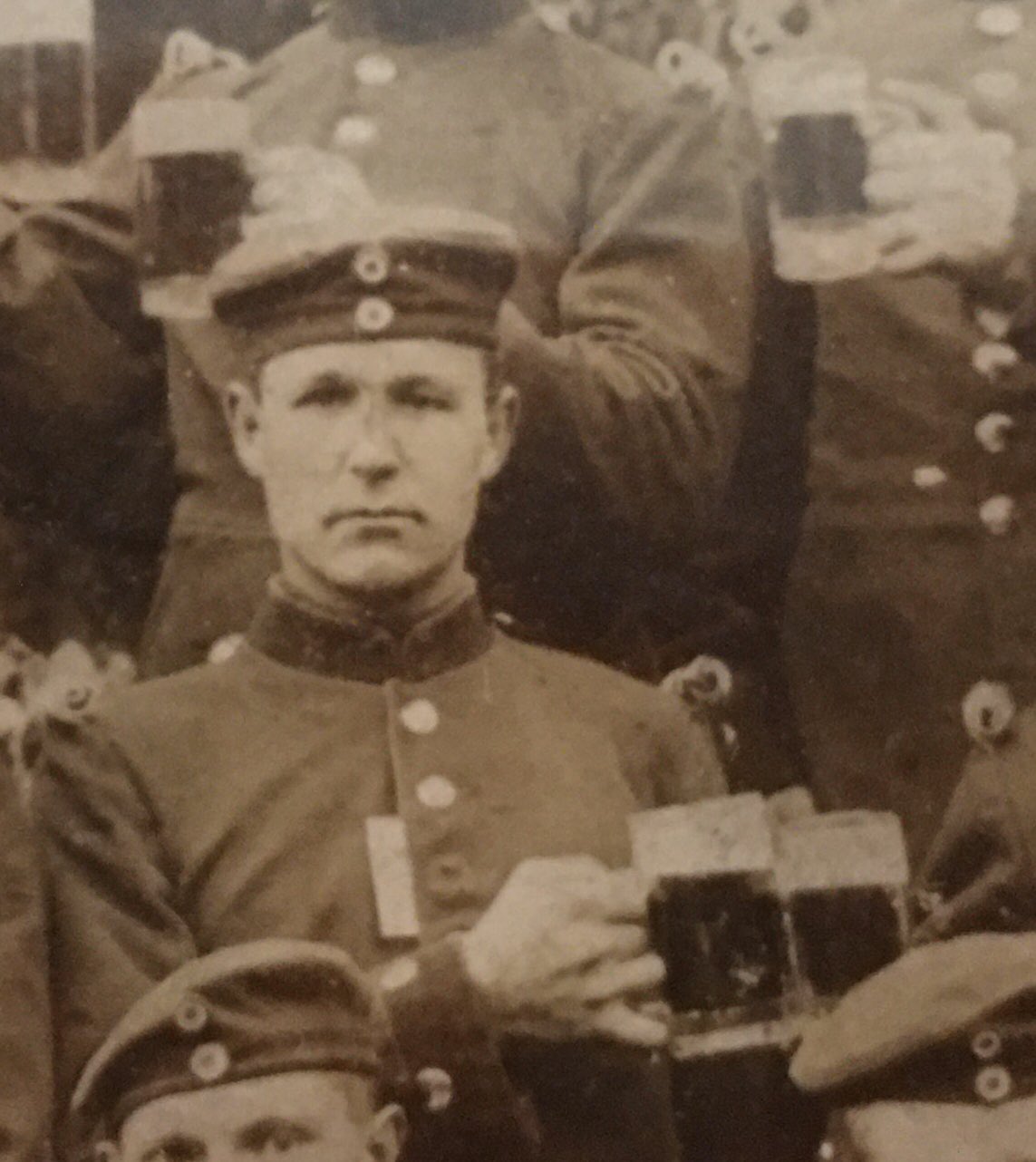

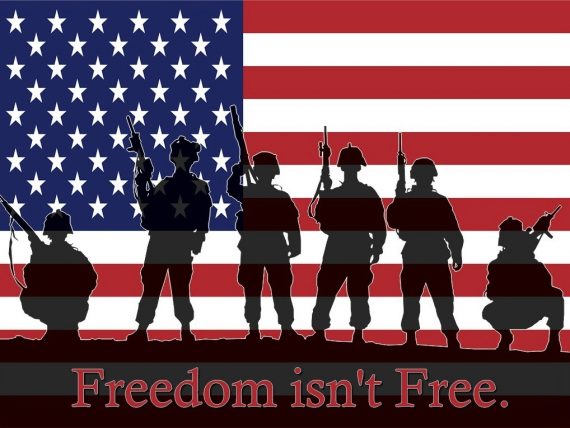





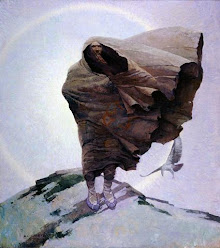













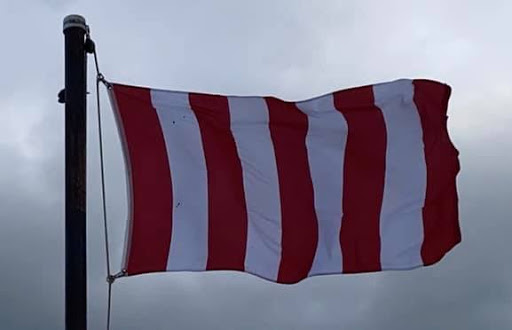
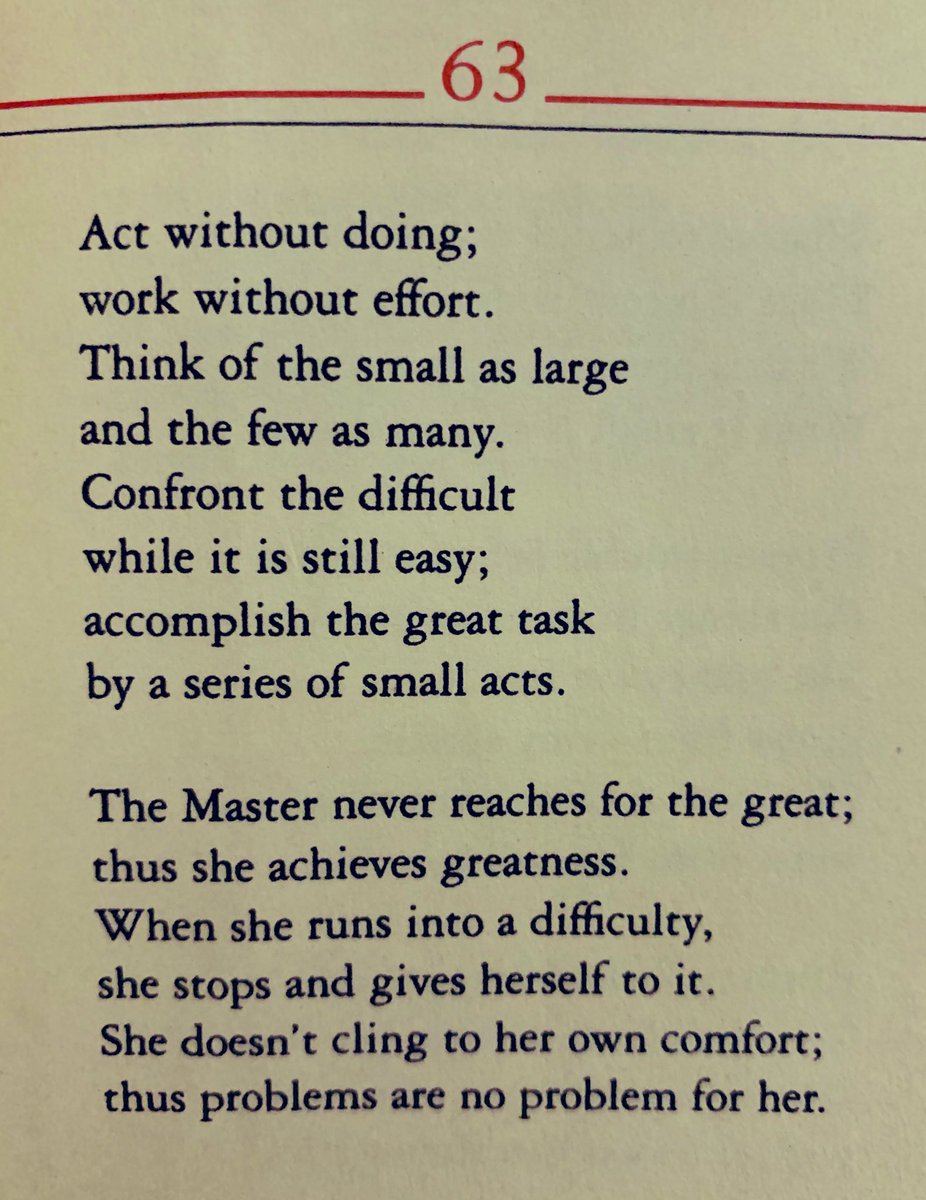









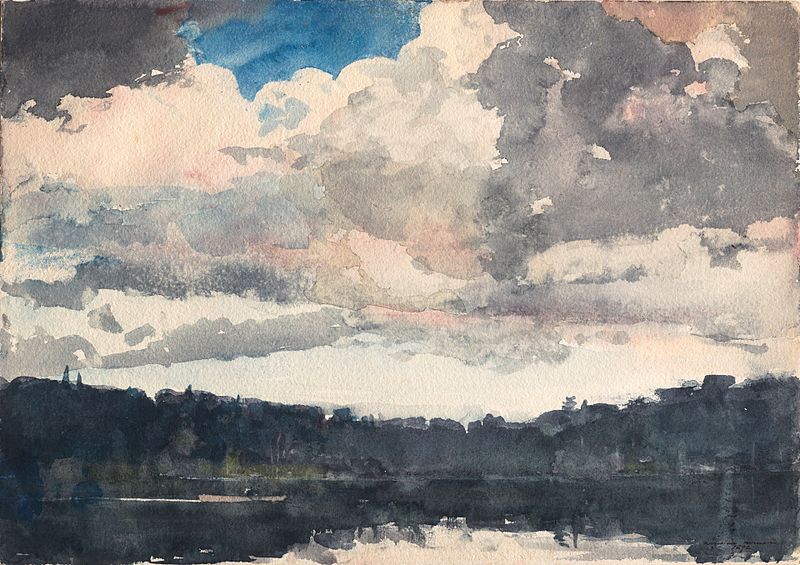





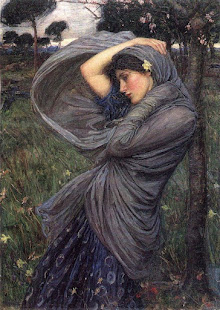












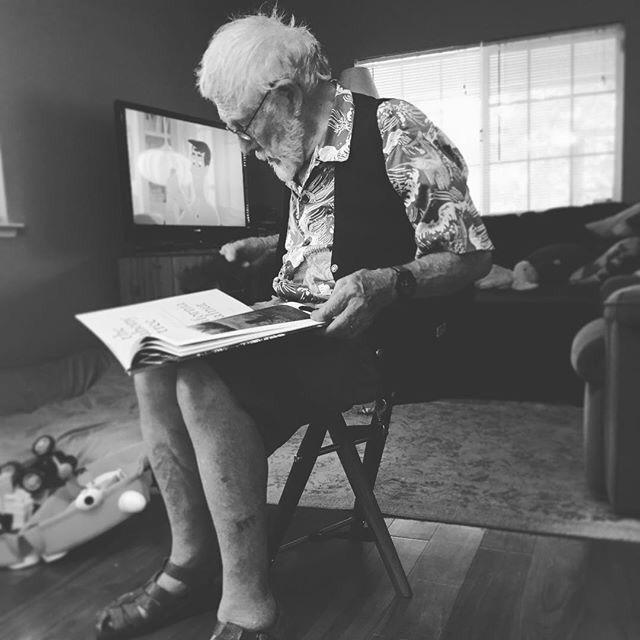

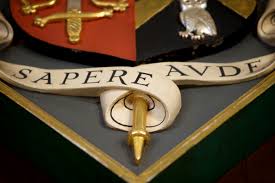






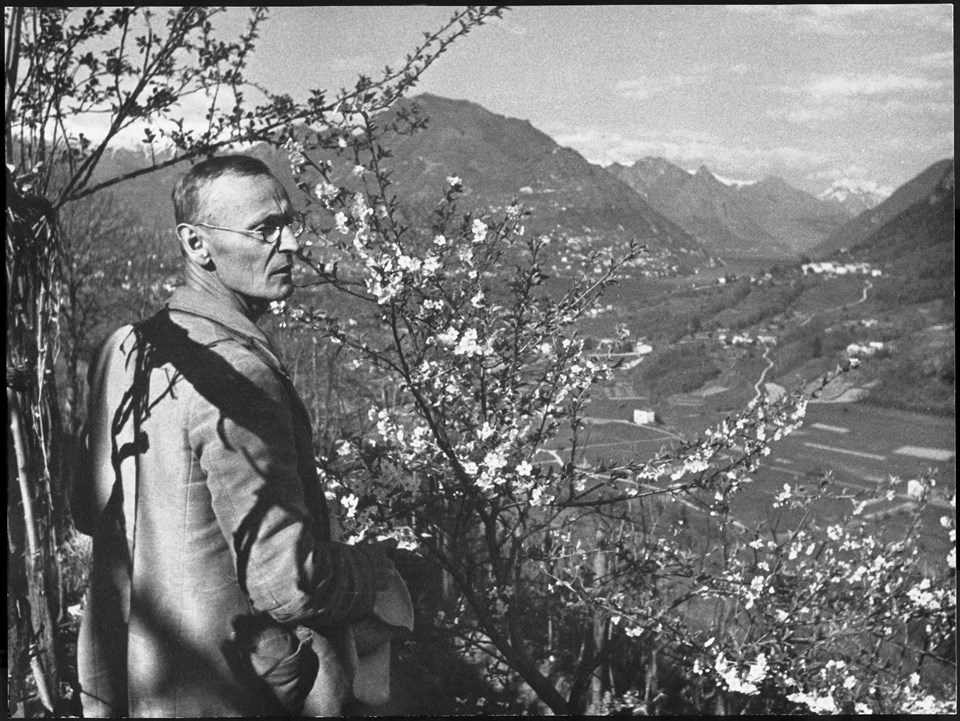


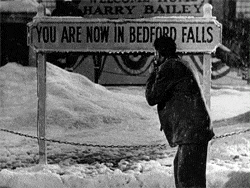







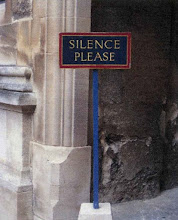









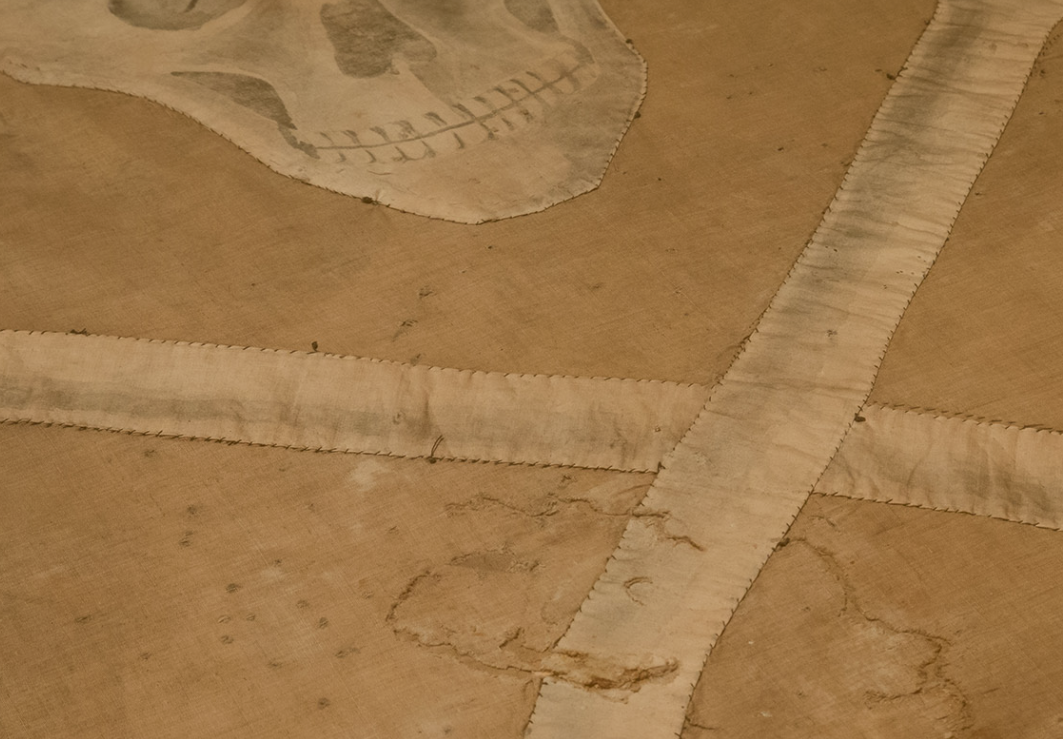

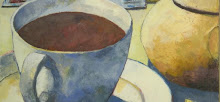
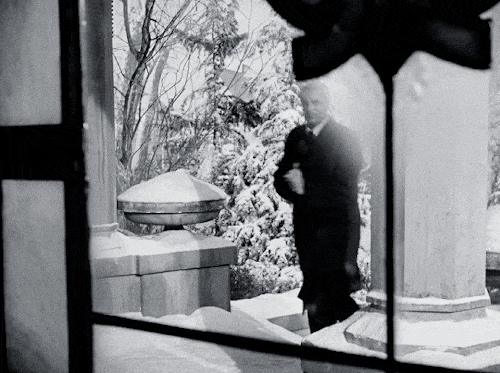


















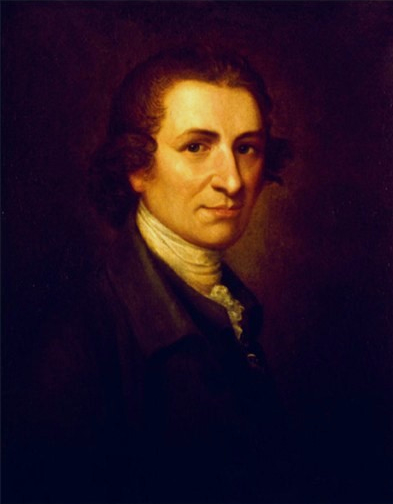


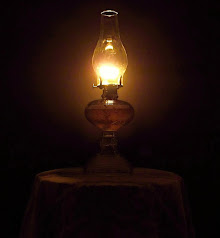



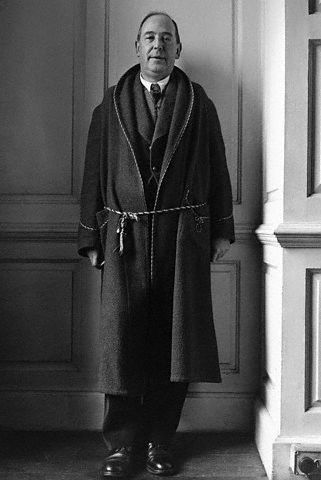



No comments:
Post a Comment